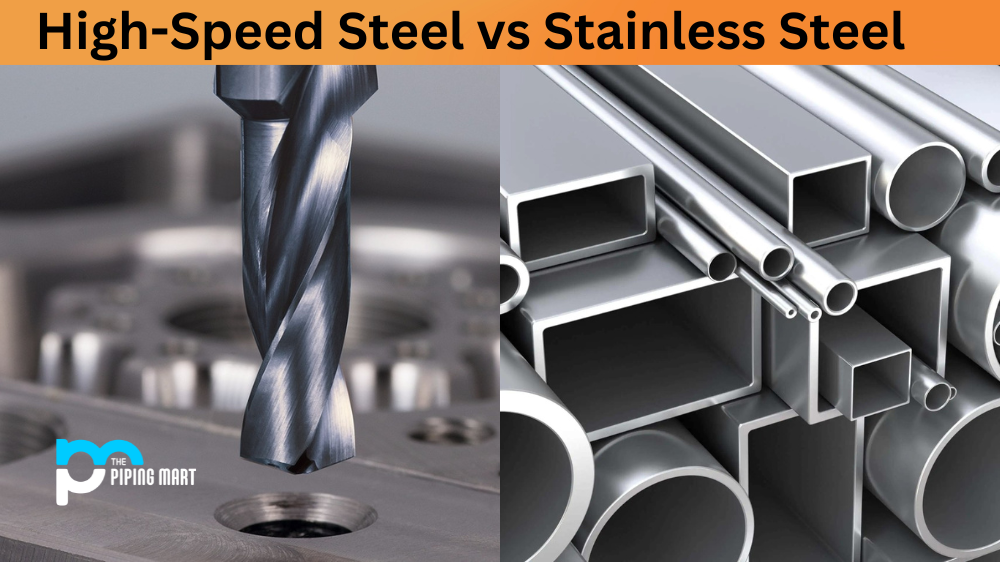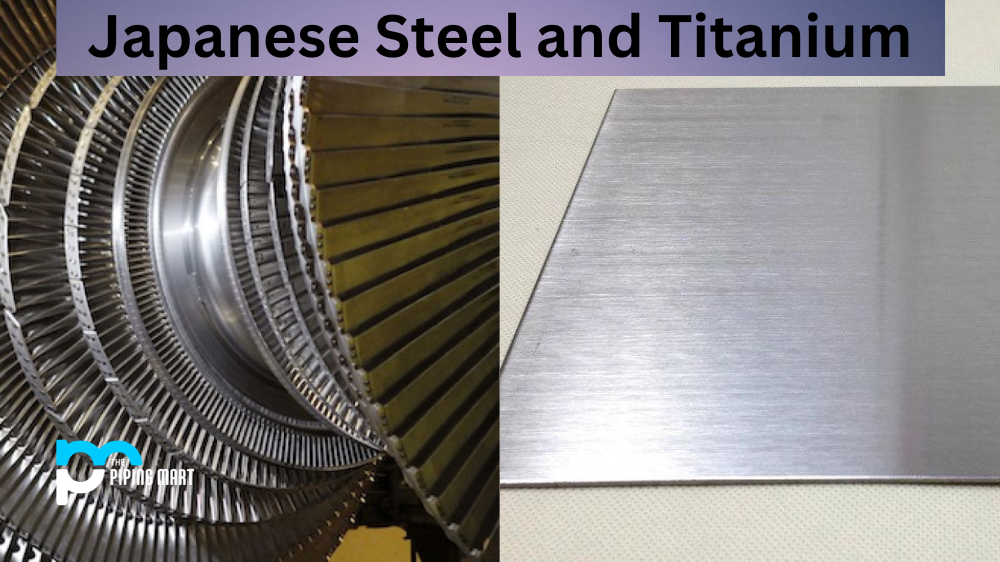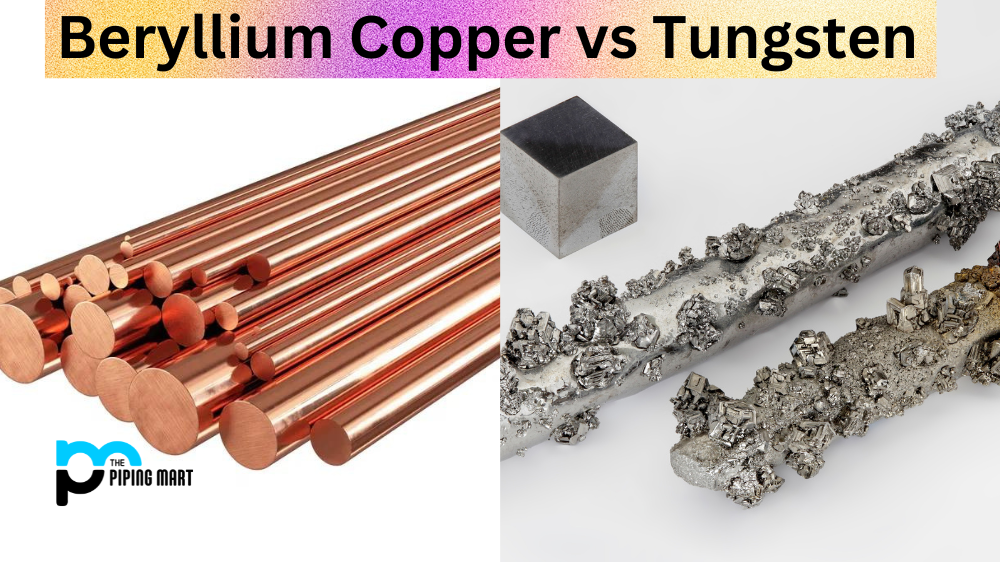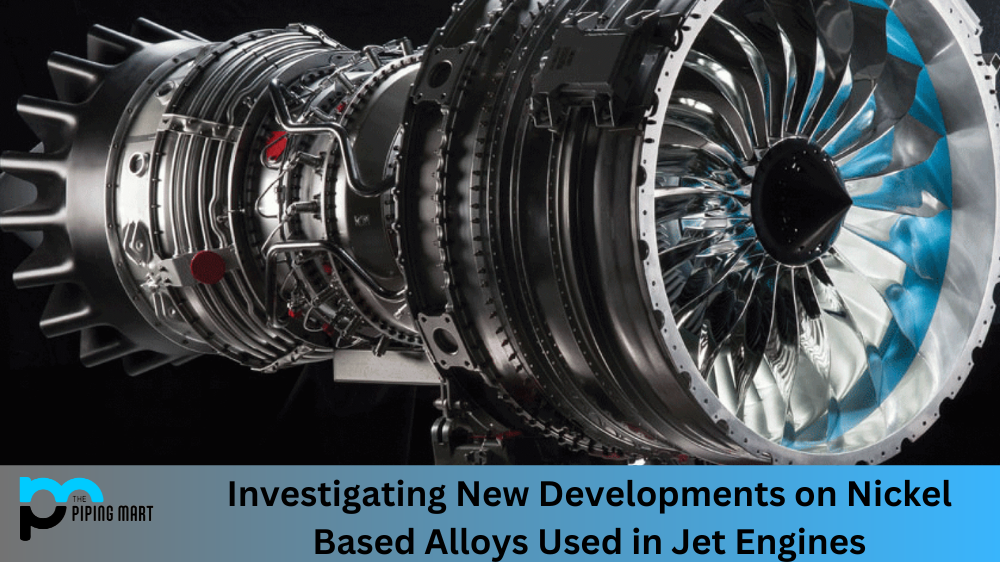Steel is a durable and versatile material that can be used in a variety of applications. However, there are two main types of steel—high-speed steel (HSS) and stainless steel—and it’s important to understand the differences between them before making a purchasing decision. Let’s take a look at how they compare.
High-Speed Steel (HSS)
High-speed steel is a popular choice for tools because it is extremely hard and heat-resistant. It can be used for cutting, drilling, milling, threading, grinding, tapping, reaming, and boring. HSS also has better wear resistance than other steels, so it will last longer when exposed to high temperatures. It is also relatively inexpensive compared to some other materials like titanium or tungsten carbide. The downside of HSS is that it is not corrosion-resistant, so it should not be used in applications where moisture could cause damage or rusting. High-speed steel is a type of tool steel that is used for making cutting tools. It contains a high percentage of carbon and other alloying elements, which makes it harder than other types of steel. High-speed steel is often used for making drill bits, end mills, and taps.
Stainless Steel
Stainless steel differs from HSS in that it offers better corrosion resistance thanks to its chromium content. This makes stainless steel ideal for use in wet environments or areas where exposure to salts, acids or other corrosive materials might occur. While stainless steel is more expensive than HSS, its superior corrosion resistance makes it worth considering for certain applications. Additionally, stainless steel does not need as much maintenance as HSS since rust won’t accumulate on the surface over time. In terms of hardness and durability, however, HSS still outperforms stainless steel due to its higher carbon content . Stainless steel is a type of steel that contains chromium, which makes it resistant to corrosion. Stainless steel is often used in food processing and medical equipment due to its resistance to corrosion. It is also used in architecture and construction due to its aesthetic properties.
Difference Between High-Speed Steel and Stainless Steel
High-speed steel is typically harder than stainless steel, but it is also more brittle. This means that high-speed steel tools are more likely to break or chip under heavy use. Stainless steel tools are less likely to break or chip, but they may become dull more quickly than high-speed steel tools.
Which is Better?
There is no definitive answer as to which type of steel is better. It depends on the application and the specific needs of the user. In general, high-speed steel is better for cutting tools, while stainless steel is better for applications where corrosion resistance is important.
How to Choose the Right Type of Steel
When choosing between high-speed steel and stainless steel, it is important to consider the specific needs of the application. If cutting tools are needed, high-speed steel should be chosen. If corrosion resistance is important, stainless steel should be chosen.
Conclusion:
When deciding between high-speed steel vs stainless steel for your project needs, you must consider many factors such as cost, strength and corrosion resistance, amongst others. Both materials offer excellent properties but ultimately, which one you choose depends on the specific application you have in mind. For instance, if you are looking for something with superior corrosion resistance, then stainless steel may be the best choice, whereas if you require something stronger, then high-speed steel would likely be better suited for your needs. Ultimately understanding the key differences between these two types of steel will help you make an informed decision about which option suits your project best!

Pipingmart is a B2B portal that specializes in metal, industrial and piping items. Additionally, we share the latest information and information about materials, products and various types of grades to assist businesses that are involved in this business.




